4cSample writing that makes something happen in the world.
Here are some examples of the forms public writing can take.
POSTER
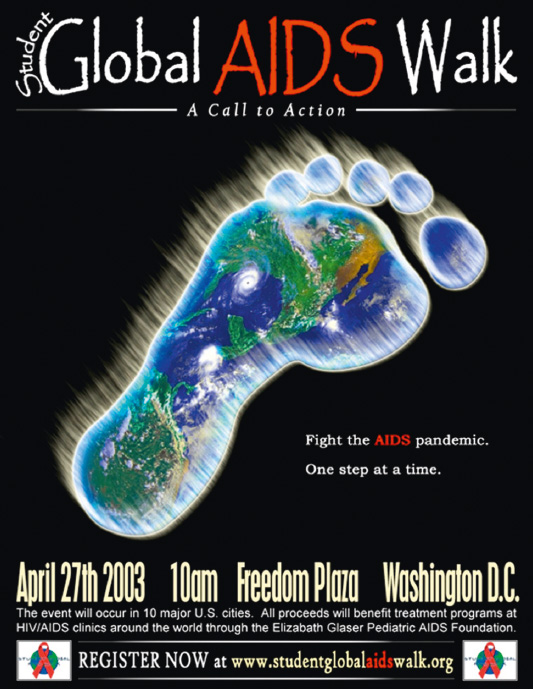
This poster, created by student Amrit Rao, has a very clear purpose: to attract participants to a walk aimed at raising money in support of AIDS research. In this case, Rao wanted to reach college students in the DC area; students, he felt, would be particularly aware of the need for such research and likely to respond by showing up for the walk. To reach as many students as possible, he decided to distribute the poster in both print and digital forms. He called on friends in the area to help place the poster in key locations on a dozen college campuses, and he emailed PDF versions of the poster to student body presidents on each campus, asking them to help spread the word.
FLYER
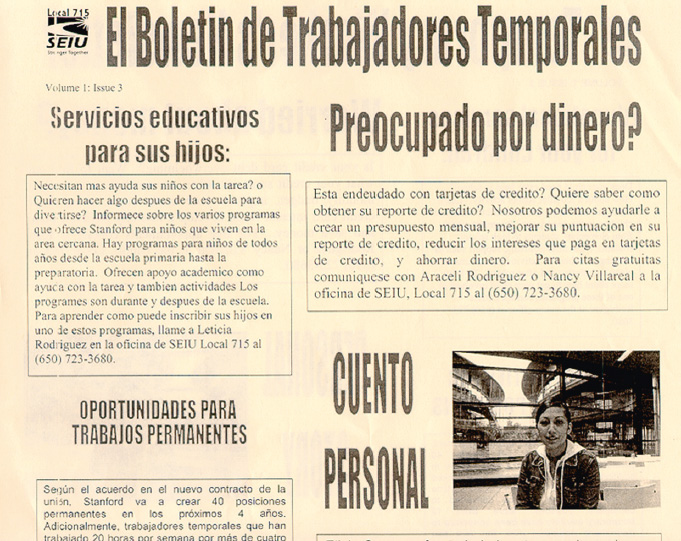
Student Anna Mumford created and posted copies of this flyer advocating for pay raises for campus workers. Again, her purpose is clear: she wants to raise awareness on her campus of what she views as highly inequitable salaries and working conditions for temporary workers. Her audience in this case is a local one that includes the temporary workers as well as the students, faculty, and administrators on her campus. Mumford did not have an easy way to distribute the information electronically to temporary workers, nor was she certain that all of them had access to computers, so she chose to produce a print flyer that would be easy to distribute across campus. She wrote in Spanish (on an English-speaking campus), the home language of most of the temporary workers, to reach her target audience more effectively.
NEWSLETTER
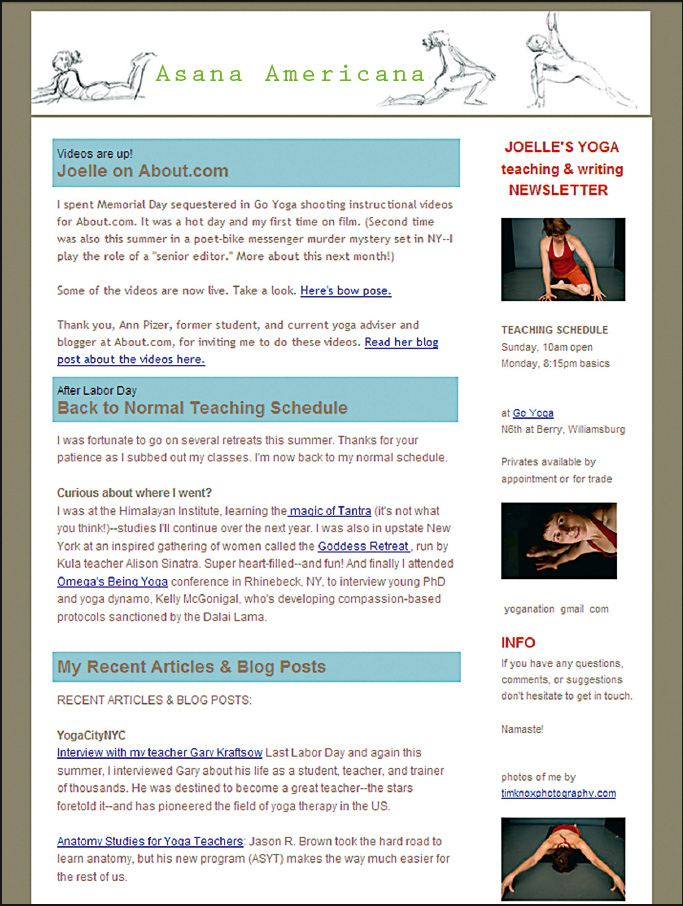
As with the writers of the poster and flyer, yoga teacher Joelle Hann has a clear purpose in mind for her e-newsletter: to provide information to her audience—students and others interested in her yoga classes and developments in the yoga community. Emailing the newsletter to her subscribers allows Hann to reach an interested audience quickly and to provide links to more of the content she’s discussing, and it also means that she can include photos, illustrations, and color to enhance her document’s design impact.
EVENT INVITATION ON SOCIAL NETWORKING SITE
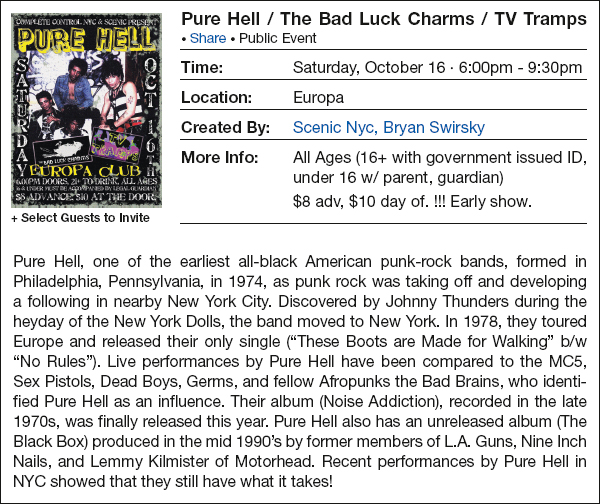
Band promoter Bryan Swirsky used Facebook, where he has many friends who share his interest in punk rock, to reach an audience interested in seeing a reunion show by an all-black punk band that had a cult following in the 1970s. Those invited by Bryan could also invite their own interested friends, allowing news of the event to spread virally.
ONLINE REPORT
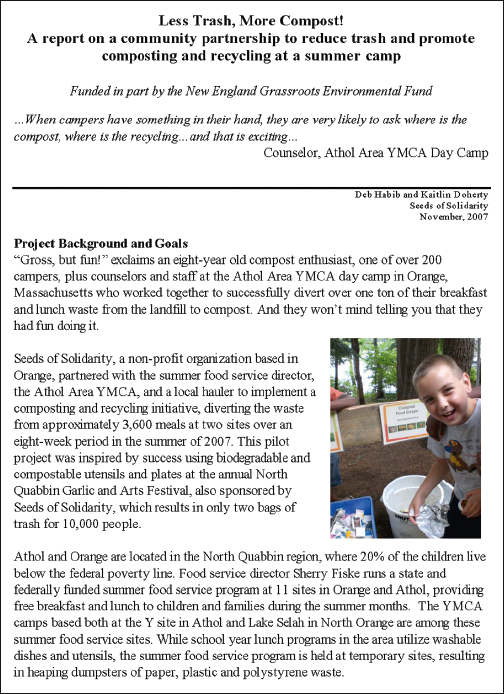
This report, created by Deb Habib and Kaitlin Doherty of the nonprofit group Seeds of Solidarity, provides information about a successful experimental recycling and composting program at a Massachusetts camp. (Only the first page of the twenty-six-page PDF is shown.) Other sections include “Project Description,” “Voices of Campers,” “Successes and Challenges,” “Summary of Key Considerations,” and an appendix with additional documents (interviews with campers, letters to campers’ parents before the program began, and graphs quantifying the outcomes). The report appears on the organization’s Web site, which notes that Seeds of Solidarity “provid[es] people of all ages with the inspiration and practical tools to use renewable energy and grow food in their communities.” While the report offers information about an experiment that has already taken place, the document also serves to encourage and inform others who might want to create a similar program.